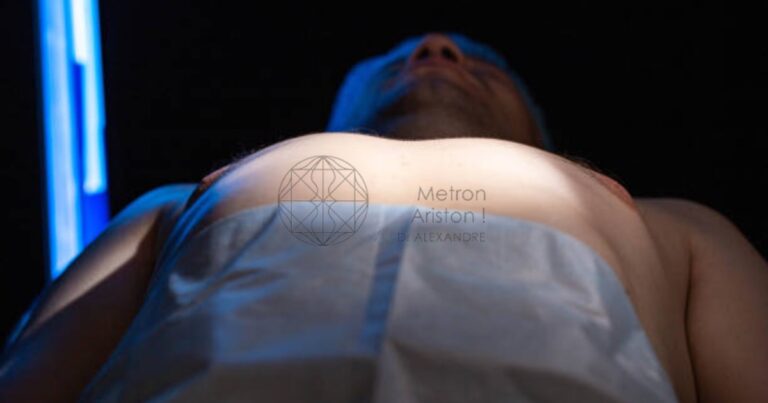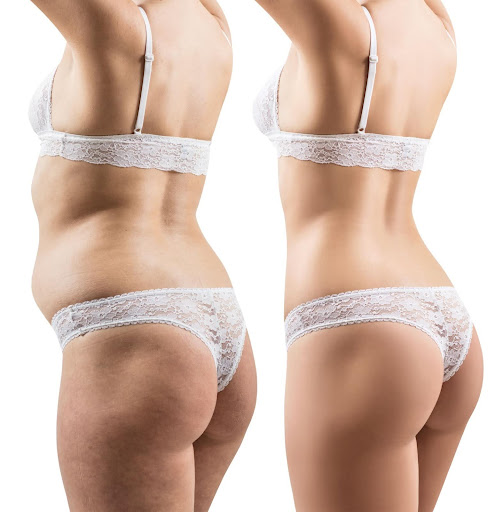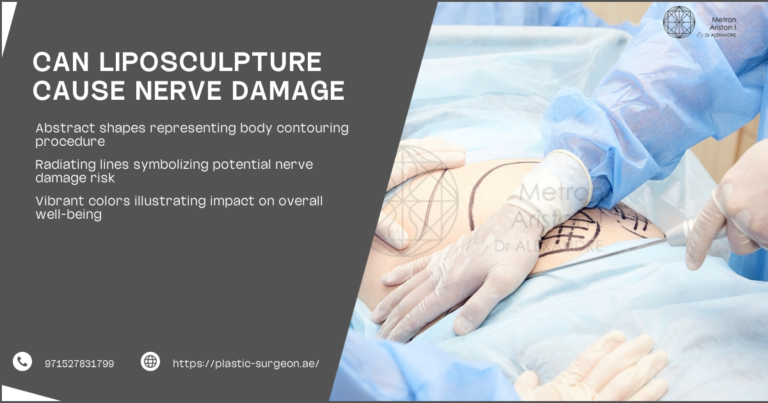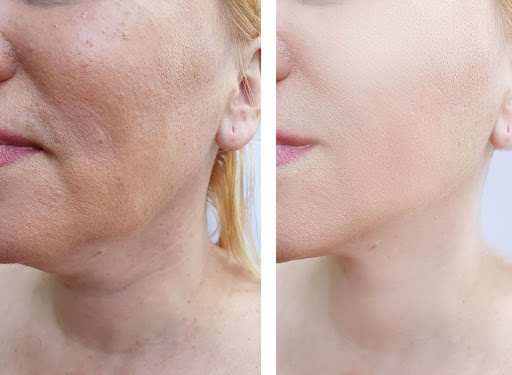Does Liposculpture Cause Cancer 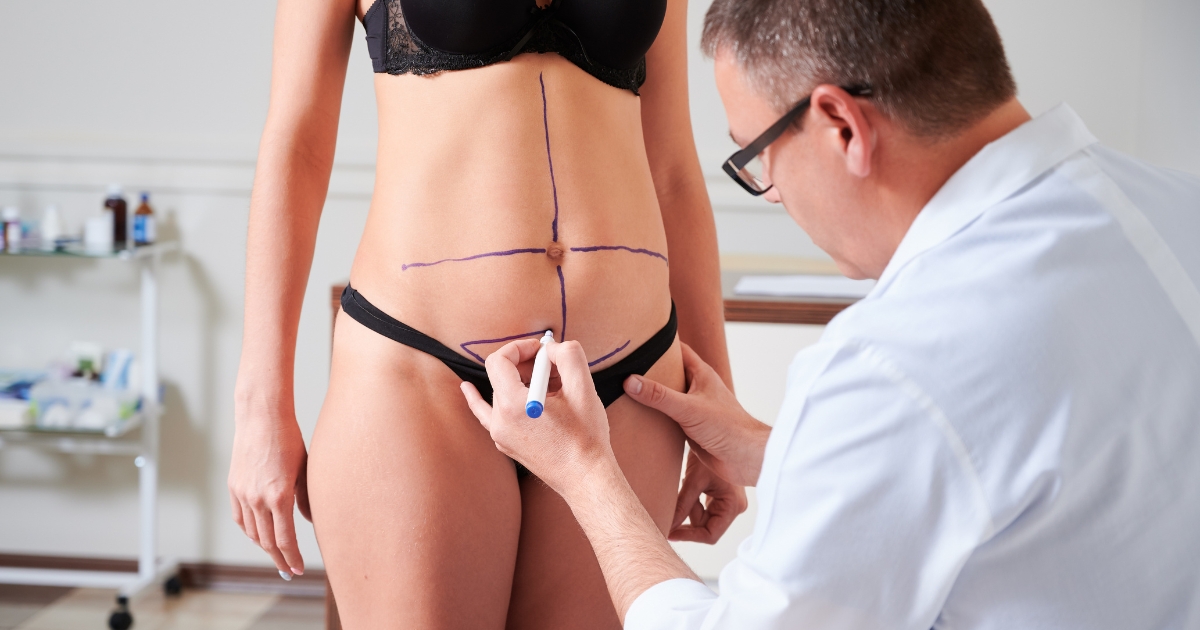
Understanding the Safety of Liposculpture
The question of whether lipo laser or liposculpture can cause cancer is a concern for many considering these procedures. While both methods are popular for body contouring, understanding their safety is crucial. Current research indicates no direct link between these procedures and cancer. However, it’s essential to consider all potential risks and consult with a qualified professional like Dr. Alexandre.
Stomach Contouring Liposculpture is a special surgery that removes extra fat from your belly area it helps make your tummy look flatter and more shaped without big cuts
- Lipo laser and liposculpture are popular body contouring methods.
- Current research shows no direct link to cancer.
- Consultation with a qualified professional is crucial.
Lipo Laser and Liposculpture
Lipo laser is a non-invasive procedure that uses laser energy to break down fat cells. This method is favored for its minimal recovery time and reduced risk compared to traditional liposuction. Liposculpture, on the other hand, is a more refined form of liposuction that focuses on sculpting the body by removing fat from specific areas.
- Lipo laser uses laser energy to break down fat cells.
- Liposculpture is a refined form of liposuction for body sculpting.
Current Scientific Evidence on Cancer Risks
Scientific studies have not established a direct link between lipo laser or liposculpture and cancer. Most research focuses on the immediate effects and safety of these procedures. However, as with any medical procedure, it’s important to stay informed about ongoing research and potential long-term effects.
- No direct link between these procedures and cancer has been found.
- Ongoing research is important for understanding long-term effects.
The Science Behind Lipo Laser and Liposculpture
How Lipo Laser Works?
Lipo laser works by emitting low-level laser energy that penetrates the skin and targets fat cells. This energy causes the fat cells to release their contents, which are then naturally eliminated by the body. The procedure is non-invasive and typically requires multiple sessions for optimal results.
- Lipo laser uses low-level laser energy to target fat cells.
- Fat cells release contents, which are naturally eliminated.
Liposculpture Techniques and Technology
Liposculpture involves the use of small cannulas to remove fat from specific areas of the body. This technique allows for precise body contouring and is often performed under local anesthesia. Advanced technology has improved the safety and effectiveness of liposculpture, making it a popular choice for those seeking body sculpting.
- Liposculpture uses small cannulas for precise fat removal.
- Advanced technology enhances safety and effectiveness.
Safety Concerns and Potential Risks
Short-term Side Effects
Both lipo laser and liposculpture can have short-term side effects, including swelling, bruising, and discomfort. These effects are generally mild and resolve within a few days to weeks. It’s important to follow post-procedure care instructions to minimize these side effects.
- Common side effects include swelling, bruising, and discomfort.
- Following post-procedure care instructions is crucial.
Comparing Lipo Laser to Traditional Liposuction
Differences in Procedures
Lipo laser is a non-invasive procedure, while traditional liposuction is a surgical method. Lipo laser uses laser energy to break down fat, whereas liposuction physically removes fat through suction. The choice between the two depends on individual goals and medical advice.
- Lipo laser is non-invasive; liposuction is surgical.
- Lipo laser uses laser energy; liposuction uses suction.
Relative Safety Profiles
Lipo laser is generally considered safer due to its non-invasive nature, with fewer risks of complications compared to traditional liposuction. However, both procedures carry potential risks, and it’s important to discuss these with a qualified professional.
- Lipo laser is considered safer due to being non-invasive.
- Both procedures have potential risks that should be discussed.
Expert Opinions on Lipo Laser and Cancer Risk
Medical Consensus
The medical consensus is that there is no direct evidence linking lipo laser or liposculpture to cancer. Experts emphasize the importance of choosing a qualified provider and following all pre- and post-procedure guidelines to ensure safety.
- No direct evidence links these procedures to cancer.
- Choosing a qualified provider is crucial for safety.
Recent Studies and Findings
Recent studies have focused on the safety and effectiveness of lipo laser and liposculpture. While these studies have not found a cancer link, they highlight the importance of ongoing research to fully understand the long-term effects of these procedures.
- Recent studies focus on safety and effectiveness.
- Ongoing research is important for understanding long-term effects.
Choosing a Qualified Provider for Lipo Laser or Liposculpture
Importance of Practitioner Experience
Selecting a provider with extensive experience in lipo laser and liposculpture is key to ensuring both safety and optimal results. With a professional like Dr. Alexandre Dionys , patients can trust in the expertise needed to achieve their desired outcomes with minimized risks. His dedication and skill make him an ideal choice for those looking to enhance their body contour with confidence and care.
- Experience is crucial for safety and effectiveness.
- Experienced practitioners achieve better results.
Certifications and Credentials to Look For
Ensure your provider has the necessary certifications and credentials to perform lipo laser or liposculpture. Look for board certification and membership in professional organizations as indicators of a qualified provider.
- Look for necessary certifications and credentials.
- Board certification is an indicator of qualification.
Preparing for a Liposculpture Procedure
Pre-treatment Consultations
Pre-treatment consultations are essential to discuss your goals, medical history, and any concerns with your provider. This step ensures that you are a suitable candidate for the procedure and understand the potential risks and benefits.
- Consultations are essential for discussing goals and concerns.
- Ensure you are a suitable candidate for the procedure.
Recommended Lifestyle Adjustments
Your provider may recommend lifestyle adjustments before undergoing liposculpture. These adjustments can include maintaining a healthy diet, exercising regularly, and avoiding certain medications or supplements.
- Lifestyle adjustments may be recommended before the procedure.
- Healthy habits can improve procedure outcomes.
Recovery and Aftercare Following Liposculpture Treatment
Post-procedure Expectations
After lipo laser treatment, you can expect some swelling and discomfort, which typically subside within a few days. Following your provider’s aftercare instructions is crucial for optimal healing and results.
- Expect some swelling and discomfort post-procedure.
- Follow aftercare instructions for optimal healing.
Tips for Optimal Healing and Results
To ensure optimal healing and results, follow your provider’s aftercare instructions, stay hydrated, and maintain a healthy lifestyle. Regular follow-ups with your provider can also help monitor your progress and address any concerns. Liposuction health concerns include risks of infection and uneven results Patients may experience pain swelling and bruising after the procedure Lipedema lymphatic disorder is a condition that causes fat to build up in the legs and arms making them look swollen and feel painful People with
Liposculpture nerve effects can make some areas of your skin feel numb or tingly This feeling usually goes away after a few weeks or months as your body heals Liposculpture risks nerves by potentially damaging tiny nerve endings during fat removal This can lead to numbness or altered sensation in the treated areas
Liposculpture reshapes figure by removing unwanted fat from specific body areas This procedure helps create a slimmer and more contoured appearance Liposuction encourages dieting by showing people how much better they can look without excess fat This motivates them to maintain their new shape through healthy eating habits
Sculpting body contours is a way to shape and define different parts of the body It can be done through exercise diet or special treatments to create a more toned appearance Liposculpture limited effectiveness means it may not work well for everyone and results can vary Some people might not see big changes after the procedure even if they hoped for more dramatic results
Liver liposculpture risks Liposuction cycle effects Liposuction can lead to temporary swelling and bruising that gradually improve over time The body may also redistribute fat to other areas after the procedure Body contouring techniques help reshape and smooth different parts of the body These methods can remove extra fat and tighten loose skin to improve how you look
Dubai cosmetic procedure expenses Infrasonic fat removal uses low-frequency sound waves to break down fat cells in the body This non-invasive treatment helps people lose stubborn fat without surgery or downtime
- Follow aftercare instructions and stay hydrated.
- Regular follow-ups help monitor progress.
Alternatives to Liposculpture
Non-invasive Fat Reduction Methods
There are several non-invasive fat reduction methods available, such as CoolSculpting and ultrasound therapy. These alternatives offer body contouring without the need for surgery or downtime.
- Non-invasive methods include CoolSculpting and ultrasound therapy.
- These alternatives offer body contouring without surgery.
Lifestyle Approaches to Body Contouring
Adopting a healthy lifestyle with regular exercise and a balanced diet can also help achieve body contouring goals. These approaches are safe, sustainable, and can complement other fat reduction methods.
- Healthy lifestyle choices can aid in body contouring.
- Exercise and diet are safe and sustainable options.
FAQ’s
Is Lipo Laser FDA-Approved?
Lipo laser devices are FDA-approved for certain uses, indicating they meet safety and efficacy standards. However, it’s important to ensure that the specific device used by your provider is FDA-approved and that the procedure is performed by a qualified professional.
Can Lipo Laser Damage Internal Organs?
Lipo laser is designed to target fat cells without affecting surrounding tissues or organs. However, improper use or inexperienced providers can increase the risk of damage. It’s crucial to choose a qualified provider to minimize risks.
How Long Do Lipo Laser Results Last?
The results of lipo laser can last for several months to years, depending on individual factors such as lifestyle and diet. Maintaining a healthy lifestyle can help prolong the effects of the procedure. Regular follow-ups with your provider can also help assess the longevity of results.



